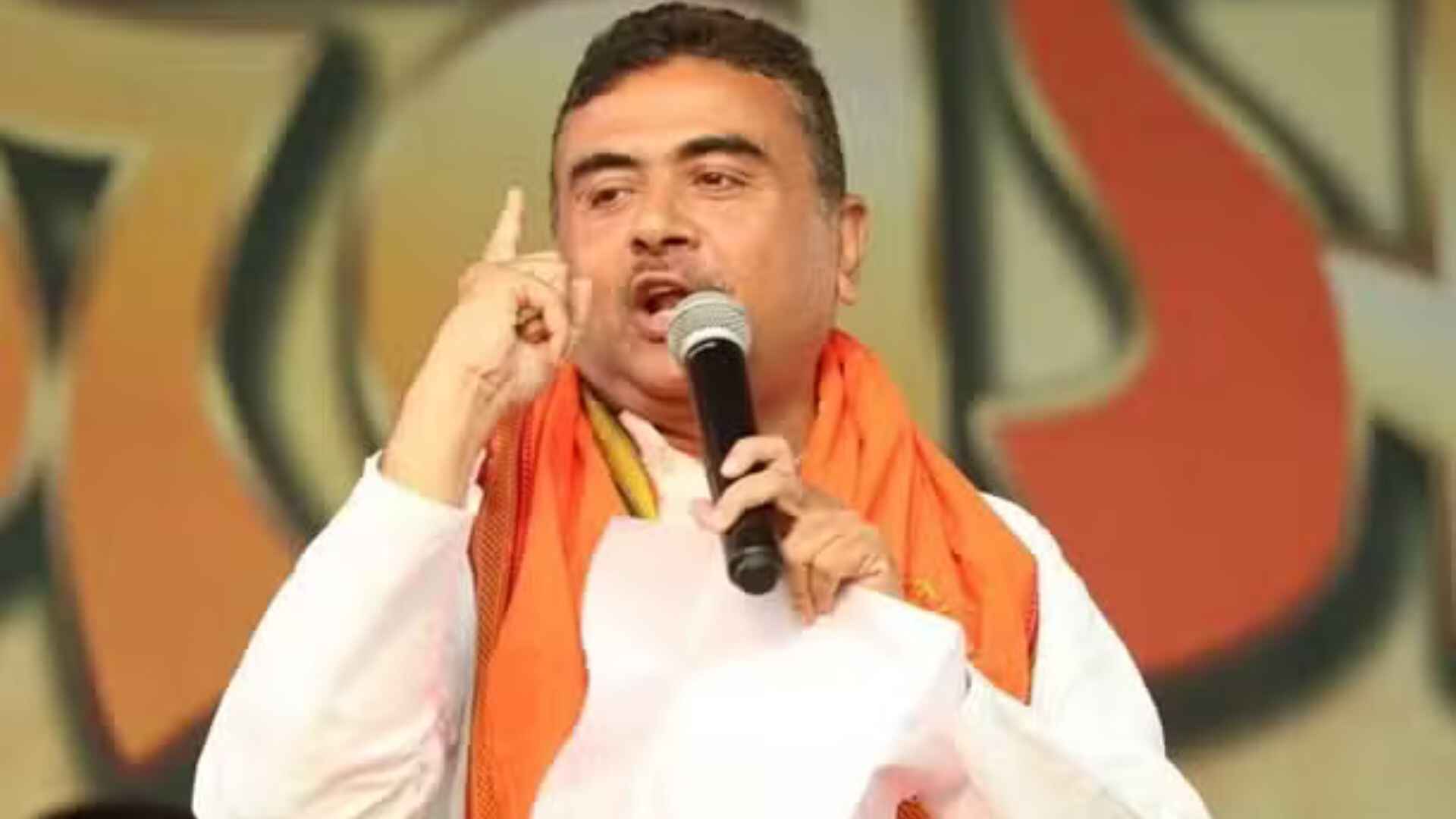CURRENT CRISIS
The current Ukraine crisis stems from Putin’s determination to make the altered military realities count on the ground in Europe. As Prof Mearsheimer says, Putin is seeking to change the entire post-cold-war security architecture in Europe and enforce a Monroe doctrine variant. He is seeking written guarantees for the non-inclusion of Ukraine in NATO and assurances about the non-stationing of offensive weapons in the countries drafted into NATO in the last two decades. Towards this end, he has forward deployed some 1,90,000 troops around Ukraine. Next, he went ahead and recognized the breakaway provinces of Donetsk and Luhansk in a clear escalatory move that underlines his determination but were Donetsk and Luhansk his red lines? What are his military options in case diplomacy fails to deliver on his red lines? NATO and US have already refused to give written assurances and asserted that Ukraine as a sovereign state has the right to choose its form of government and what treaties it will join. This amounts to a deadlock and if talks break down, what will a military invasion of Ukraine look like? There are primarily three options:
 President Biden should seize the diplomatic initiative with a Grand Strategic and Comprehensive bargain for enhancing European security
President Biden should seize the diplomatic initiative with a Grand Strategic and Comprehensive bargain for enhancing European security First batch of Indian students holding the national flag before leaving for the Ukraine-Romania border from Chernivtsi, on Friday. Ministry of External Affairs (MEA) Camp Offices are now operational in Lviv and Chernivtsi towns in western Ukraine. ANI
First batch of Indian students holding the national flag before leaving for the Ukraine-Romania border from Chernivtsi, on Friday. Ministry of External Affairs (MEA) Camp Offices are now operational in Lviv and Chernivtsi towns in western Ukraine. ANI John Mearsheimer on Russia Insights and Recommendations
John Mearsheimer on Russia Insights and Recommendations The US and EU are threatening to shut down the Nord Stream 2 gas pipeline project if Russia invades Ukraine
The US and EU are threatening to shut down the Nord Stream 2 gas pipeline project if Russia invades Ukraine As the fighting intensifies what options does the West have to help Ukraine?
As the fighting intensifies what options does the West have to help Ukraine?
GEORGIA REDUX
The Ukraine scenario today is remarkably similar to the situation in Georgia in 2008. Like Abkhazia and Ossetia, the two Russian-speaking states of Donetsk and Luhansk have separatists in full-scale revolt. Russia has also sent in its troops in Mufti inside. Firing incidents have started on the borders of these two provinces. Russia has already recognized its independence and troops have started moving in. In this option, Russian troops would move beyond the Line of Contact to the border of these provinces. So, a Georgian redux style operation could see the occupation of and escalation in these two districts. While troops from Donbas are engaging Ukrainian troops on the border frontally, Russian forces from Crimea would hit them in the rear. This would consolidate the occupation of these two provinces and certain other territories to give tactical depth to these states.
LIMITED WAR OPTION
What happens next will depend on how Ukraine responds militarily. Any significant military response would provide the pretext/justification for an invasion. There are two options – limited war or full-scale offensive. Limited war would see Russian forces from the East making a dash for Kharkov (former capital of Ukraine). Forces from Crimea would advance upon the port city of Mariupol. Naval landings could be mounted to seize the port city of Odessa. Thus, Ukraine would be cut off from the sea and become a landlocked country dependent on Russia. This option entails fighting in built-up areas to secure cities and capturing and holding ground. This can cause heavy casualties and take a lot of time as cities can be defended street by street.
FULL-SCALE WAR
Prof Mearsheimer, a noted political scientist of the University of Chicago, feels that Russia’s aim is not to seize and defend territory in Ukraine (as it could get bogged down in an Afghanistan-like quagmire). The Russian aim is simply to either wreck Ukraine as a functional state or ensure regime change. Towards this end, this could unfold with massive cyber-attacks and electronic warfare strikes to paralyse communications. The Russians would rapidly gain air and naval supremacy and commence operations with massive airstrikes, cruise missiles and tactical ballistic missile strikes. Massive artillery suppressive fires will be used to destroy anti-tank missiles and shoulder-fired SAMs.
The main attack will come from Belarus and aim straight for Kiev – the capital city. Key command and control centres (Presidential palace, Ministries of Defense and Interior, Parliament, etc) would be knocked out. Concurrently, forces from the East would go for Kharkov and the breakaway provinces of Donetsk and Luhansk. Naval landings would seek to seize the port cities of Odesa and Mariupol. It would be a swift blitzkrieg-style operation that will encircle and bypass major centres of resistance and inflict heavy damage by air and missile strikes and heavy fire assaults. The aim would be not to capture and hold Ukrainian territory but wreck Ukraine as a functional state. The operation should not last more than a week or 10 days. At the end of it, Russians could declare a unilateral ceasefire and withdraw from most of the Ukrainian territory less the districts of Donetsk and Luhansk which will now be independent states.
One view is that since whichever option is adopted, US and West will impose economic sanctions. Russia might prefer a massive full-scale option to impose regime change in Kiev. That would highlight Russian military power and capacity and would deter any further adventurism against Russia. West has imposed only the first tranche of graded sanctions yet and is waiting to see the option Russia will take finally. Will Russia be satisfied with just the breakaway provinces of Donetsk and Luhansk (which were never its stated) red lines? Or will it go for limited or full-scale invasion? It all depends on the risk-taking appetite of Putin.
WESTERN OPTIONS NEEDED FOR A STRATEGIC RESPONSE
So far, western nations have stated that crippling economic sanctions would be imposed and have rushed token forces to other East European states that have earlier joined NATO. Economic sanctions could include:
• Close Nord Stream 2 gas pipeline- This incidentally would cause enormous economic losses to Germany also. Nevertheless, this has been done.
• Impose blocking sanctions on large Russian banks, energy and defense companies and energy projects.
• Sanctions on Russian oligarchs and their families
• Impose restrictions on secondary markets in Russian bonds
• Exclude Russia from the SWIFT global electronic payment system based in Belgium. This would be a last resort option.
STRATEGIC RESPONSE
Writing on the 11th February issue of the Foreign Affairs Magazine, Michael Mc Faul has made the eminently reasonable suggestion that USA should not respond knee jerk and tactically by offering defensively minimal concessions to stave off the crisis. Instead, President Biden should seize the diplomatic initiative with a Grand Strategic and Comprehensive bargain for enhancing European security. This would be analogous to the Helsinki accord. This would resuscitate and amend defunct Arms control Agreements and provide the bigger framework of European security of which Ukraine per se, would only be a sub-set. The USA has low strategic stakes in Ukraine and is playing a losing hand.
A number of respected American pundits of geo-politics (include Henry Kissinger, Prof Mearsheimer, and Stephen P. Cohen) have been advising America to not drive Russia into Chinese arms and not take on these two major powers together. Kissinger had said: “It should be settled maxim of US foreign policy never to take on more than one major Asian power at a time.”
China is the real peer competitor of the USA in the long term. It has almost matching economic power and is fast catching up in military power. It will prove to be far more dangerous than Russia could ever be with its economic constraints. It would be prudent for America to designate its main threat clearly. If it is China, it makes eminent strategic sense to seek détente with one while going full steam to contain the other. Nixon had done that by a détente with Mao’s China when USSR was the main threat. Today, the situation is reversed and a détente with Russia makes eminent sense. It will allow the USA and the West to focus their energies upon China. The desire to take on China and Russia together sounds macho but is highly unrealistic. Given Biden’s disastrous performance against Afghanistan, the world should be forgiven for being somewhat sceptical. That however is the problem. Only a self-assured and confident leader would refrain from knee-jerk, tactical responses and think strategically and long term. Where monthly popularity ratings decide responses, it would be overly optimistic to expect such a clear-headed response from President Biden. Post-Afghanistan, he has little room for manoeuvre.
The author is a retired military veteran. This article was written in association with www.imr media.in just before Putin’s invasion of Ukraine started.











